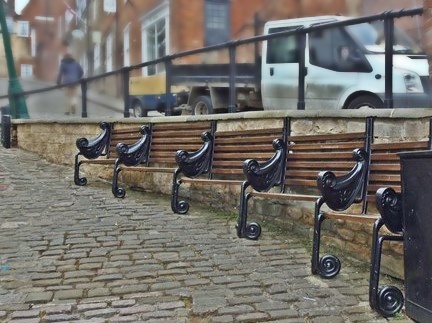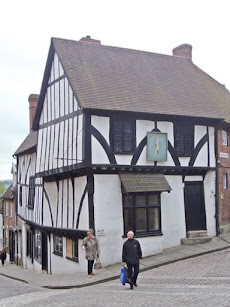The Lincoln Commons Act of 1870 enabled Lincoln Corporation to purchase Monks Leys Common for the building of housing for Lincoln's booming population. Towns and cities throughout the country were recognising the leisure needs of their people, Lincoln was no exception in this and in 1870 undertook to provide a public park in what was to become a densely populated part of the City. Temple Gardens, although privately owned, had been used as a public park on an informal basis. Joseph Mawer Collingham, a son of the founder of the department store, Joseph Collingham, bought Temple Gardens in 1863 and built his new house on Lindum Road on the south side of Temple Gardens. Read more about Temple Gardens here.
Edward Milner (1819-84) was commissioned to design what was to become The Arboretum. Milner was responsible for the design of the grounds of Hartsholme Hall in 1862. Three acres of Monks Leys Common was sold to fund the development of The Arboretum. Milner also designed the West Gate Lodge and the Tea Room at the main entrance from Monks Road. At the first flight of steps an Edward Milner designed a pavilion was erected but, following years of neglect and vandalism, it was taken down in 1948.
The Arboretum was opened in August 1872. The importance to local people of the new attraction was the fact that 25,000 people attended the opening ceremony (Lincoln's population at the 1871 census was a little less than 27,000). The people were entertained by Professor Renzo’s Performing Dogs, Mr Emmanuel Jackson, the Midland aeronaut in his new balloon, brass band recitals and a ladies choir from Liverpool.
F J Clarke, a successful Lincoln chemist, in 1872 presented to the Arboretum a Coade stone lion by Austin & Seeley of New Road, Regent's Park.
 |
| The Arboretum Lion Dave Hitchborne / The Lion, The Arboretum, Lincoln / |
Brass Band concerts* had become a popular event in the Arboretum and in 1884 a bandstand was erected on the large lawn in front of the terrace and a cast iron shelter constructed by Lockerbie and Wilson, of Tipton, Staffordshire, was also erected about the same time.
In 1894 Nathaniel Clayton Cockburn donated land to the north west for an extension to the Arboretum. This was laid out by Edward Milner's son Henry Ernest Milner (1845-1906).
 |
| A fountain was erected in 1911 to celebrate the turning on of the new water supply from Elkesley in Nottinghamshire. |
Sister Swan's Nursing Home at Cold Bath House, stood near the Junction of Lindum Terrace and Sewell Road. During the Second World War the House was bombed and eventually demolished. The house got it's name from a spring which ran into its cellar. In 1953, to celebrate the Coronation of Queen Elizabeth II, the site was landscaped and added to the Arboretum, the spring is used to create a water feature in the Arboretum. This extension increased the area of the Arboretum to 21 acres (8.8 hectares).
The Arboretum was renovated in 2002/3 at a cost of £3 million to bring it back to its original condition.
*In 1889 over 40,000 people attended the band concerts.
Over 100 more posts @ https://itsaboutlincoln.blogspot.com/p/index-to-blogposts.html





























